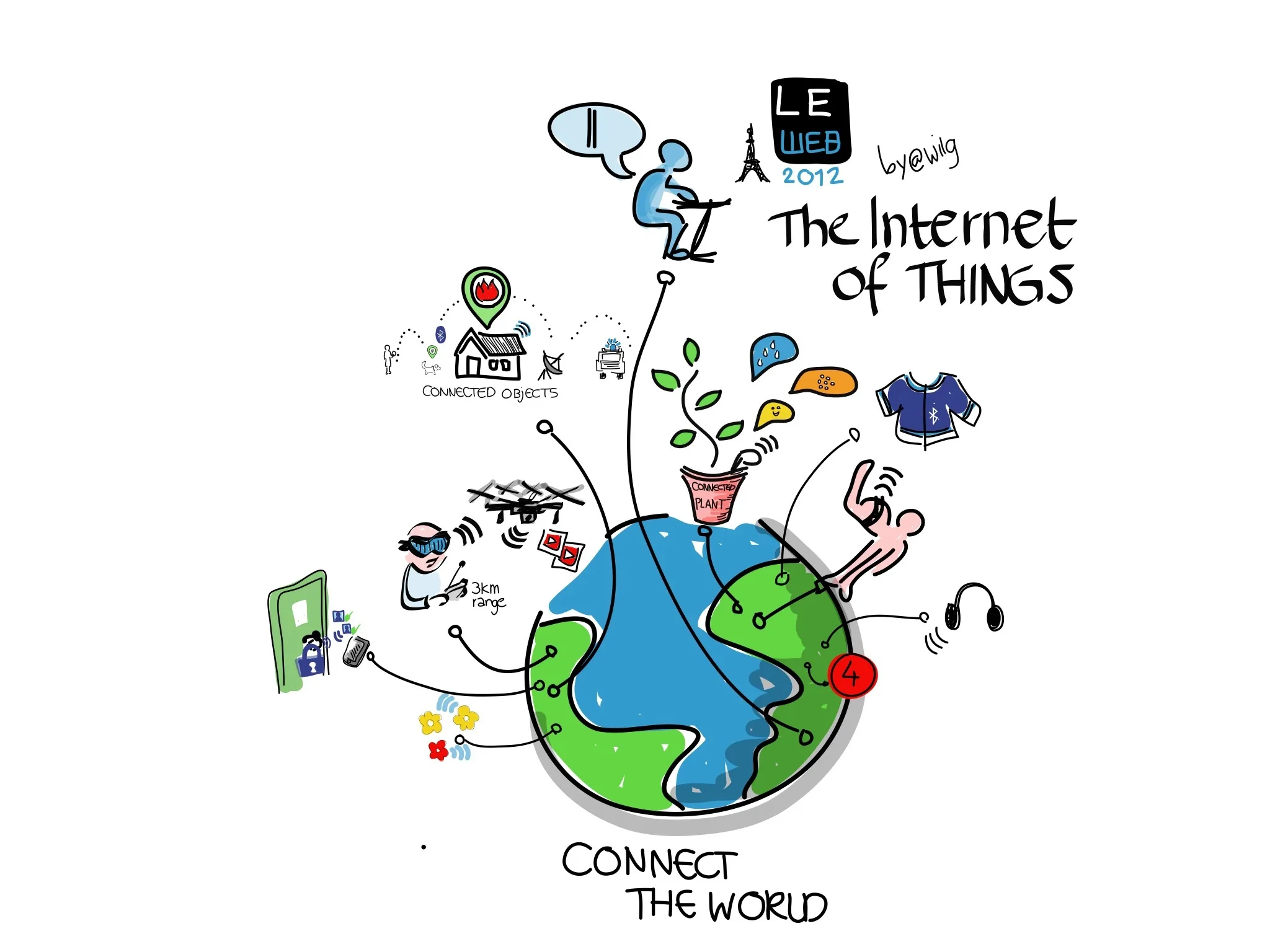INTRODUCTION
The Internet of Things (IoT) has changed the way people interact with technology by connecting devices and allowing them to communicate and exchange data. While IoT offers several benefits and convenience, it also poses security concerns. Security of IoT devices is crucial for preserving sensitive data, maintaining user privacy, and preventing further cyberattacks. This blog post will look at some best practises for protecting IoT devices and tackling security vulnerabilities.

- Extensive Investigation: Before deploying any IoT devices, thoroughly study the manufacturer’s security practises. Choose dependable providers who prioritise security and have a track record of regularly issuing security updates and fixes. Check to check if the devices have been thoroughly tested for security issues.
- Change Default Credentials: Failing to change default credentials on IoT devices is a typical security blunder. Hackers can easily attack default usernames and passwords because they are generally known. As soon as the device is configured, update the default credentials to unique, strong, and difficult passwords.
- Maintain Software and Firmware Updates: IoT devices’ software and firmware should be updated on a regular basis. Security patches and upgrades are frequently released by manufacturers to resolve vulnerabilities and improve device security. When possible, enable automatic updates to guarantee that devices are always running the most secure versions.
- Implement Strong Network Security: Protect IoT devices from unauthorised access by securing your network. Wi-Fi passwords should be strong, and encryption technologies such as WPA2 or WPA3 should be used. Consider constructing a separate network for IoT devices in order to segregate them from other vital devices such as computers and cellphones.
- IoT Device Segmentation and Isolation: By segmenting your network and isolating IoT devices from essential infrastructure, you lessen the danger of a compromised IoT device compromising your entire network. Separate VLANs (Virtual Local Area Networks) or subnets should be created for IoT devices, and access controls and firewall rules should be implemented to limit their communication with other devices.
- Superfluous Features and Services: Turn off any superfluous features and services on IoT devices. IoT devices frequently provide a slew of features that you may not need. Each feature that is enabled creates a possible attack surface. Disable features that are not in use to reduce the possibility of exploitation.
- Use Strong Authentication and Authorization: To provide an extra layer of protection, use robust authentication procedures such as two-factor authentication (2FA). Furthermore, ensure that access restrictions are in place, allowing rights only to authorised individuals and restricting access to sensitive functions and data.
- Encrypt Data and Communications: Make certain that sensitive data sent between IoT devices and backend systems is encrypted. This prevents unauthorised interception and ensures the data’s security and integrity. Use HTTPS, MQTT with TLS, or IPSec for secure communication.
- Monitor and Analyse Device Behaviour: Set up a monitoring system that tracks and analyses the behaviour of IoT devices. Anomalies in device behaviour can aid in the detection of potential security breaches or unauthorised access attempts. To monitor and respond to suspicious activities, use intrusion detection systems (IDS) or security information and event management (SIEM) solutions.
- Establish a Vulnerability Management Programme: By creating a vulnerability management programme, you may maintain a proactive approach to IoT security. Conduct security assessments, vulnerability scans, and penetration testing on a regular basis to detect and address potential flaws in IoT devices and infrastructure.
Conclusion:
It is vital to secure IoT devices in order to preserve sensitive data, ensure user privacy, and prevent unauthorised access. Organisations and individuals can improve the security posture of their IoT deployments by following these best practises. Remember that IoT security is a continuous endeavour, and staying up to date on the newest security practises and emerging threats is critical to effectively mitigating risks and ensuring a safe and secure IoT environment.


